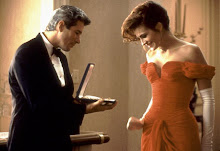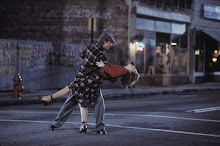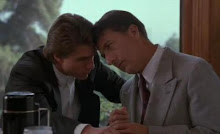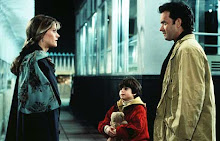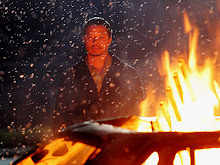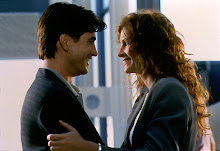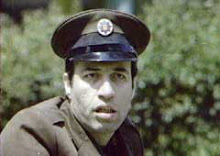We have now come to the end of a long but very enjoyable process, (I can't believe it's actually over!). Overall, the sequence looks almost exactly how I pictured it when we first began, although the issues with dialogue have let us down, and I've learnt so much during the process. Even though the project has been hard work I've really enjoyed it.
I've loved working in a group with Alice and Aarti - thank you both for being so great to work with. Also thank you to all the media staff and other media students.
I've loved working in a group with Alice and Aarti - thank you both for being so great to work with. Also thank you to all the media staff and other media students.
This blog is now closed.














